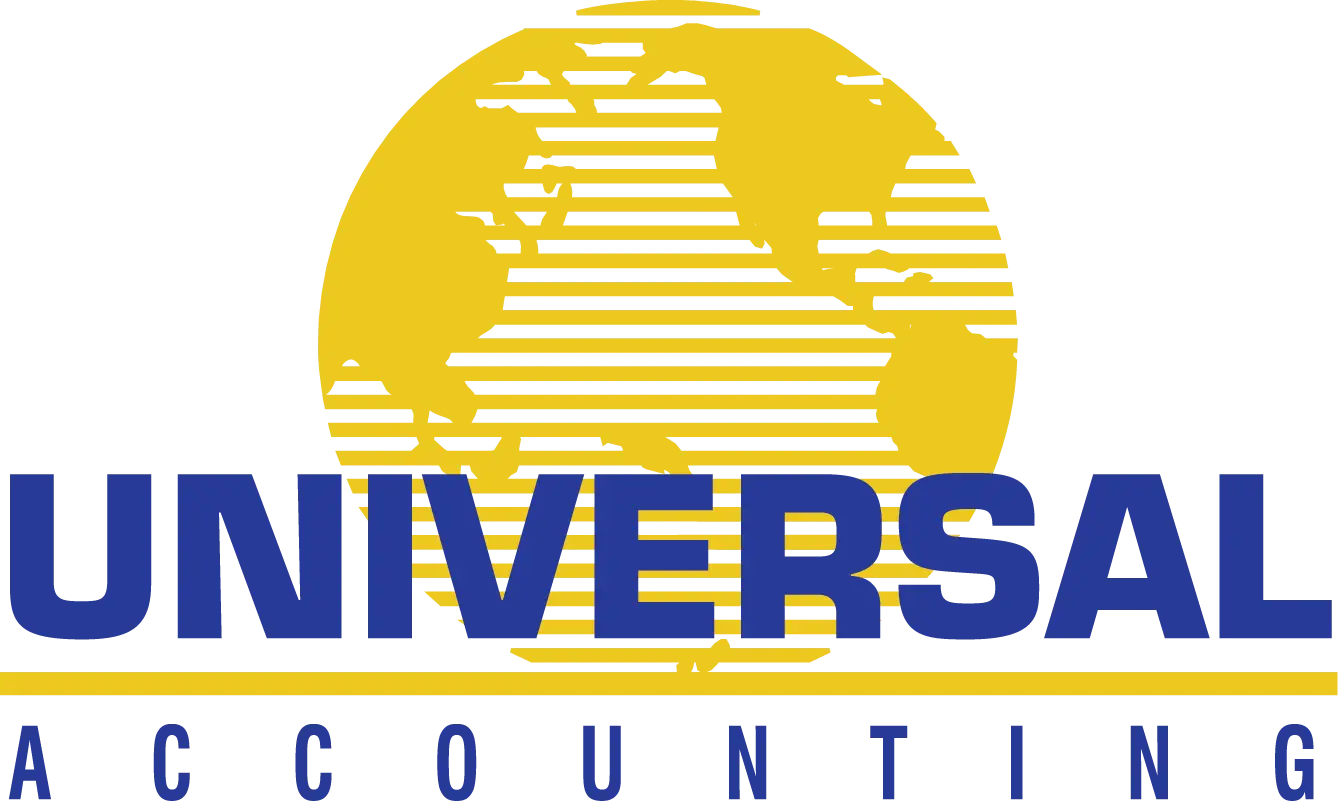How to See Failure as Opportunity and Turn Hardship into Success
Every failure, obstacle or hardship is an opportunity in disguise. Success in many cases is failure turned inside out. The greatest pollution problem we face today is negativity. Eliminate the negative attitude and believe you can do anything. Replace ‘if I can, I hope, maybe’ with ‘I can, I will, I must.’ —Mary Kay AshTo begin to think with purpose, is to enter the ranks of those strong ones who only recognize failure as one of the pathways to attainment. -James Allen
It is lemonade season-the time of year when thousands of kids take lemons, turn them into lemonade, and sell them on street corners for profit. We could learn a thing or two from these budding entrepreneurs.So what do you do when life hands you a basket of lemons? When failure makes an appearance in your business? You turn it into lemonade, or see it as a stepping stone to success. Here are 5 steps that will show you how.
1. Redefine it
You’ve got to redefine failure. It shouldn’t be seen as a bad omen, but an opportunity to learn and grow. And do you really think you can become insanely successful without learning more than you know right this instant? The best learning experiences often come in the form of failures and mistakes. Don’t fear them; embrace them. While some view failure as an obstacle, it is often the stepping stone that will take you higher and farther, enabling you to achieve true success.
2. Analyze it
You can’t learn from a mistake or failure without taking the time to dissect it and determine what, exactly, went wrong. Some would rather walk away from the failure and never look back, but that would be the worst mistake you could make. In looking closely at what happened you will learn how to improve, repair, change, and excel. But don’t overanalyze. Once you’ve learned what you need to learn, move to the next step! Otherwise you become subject to that age-old deterrent: paralysis by analysis.
3. Apply lessons learned
Once you’ve discovered what caused, prompted, or encouraged the failure, apply the lessons you’ve learned so it won’t happen again. Often we engage in destructive actions again and again because it’s all we know. Unfortunately, that will not help you achieve success. Success requires you to continually evaluate your actions and determine how they can be improved. This is what you must do with failure. Once you realize why something didn’t work, you can change your behavior, and in turn, change the outcome.
4. Move on
” . . . our doubts are traitors; And make us lose the good we oft might win; By fearing to attempt.” —William ShakespeareYou’ve learned, you’ve applied, now move on. Do not let fear of failure paralyze you. Katherine Mansfield once wrote, “Risk! Risk anything! Care no more for the opinion of others, for those voices. Do the hardest thing on earth for you. Act for yourself.” Do not be afraid to move into the unknown in order to move forward. You wouldn’t tell your child to put her two-wheeler away simply because she fell and skinned her knee. You would encourage her to get back on that bike as soon as possible and continue to ride. Take your own advice: continue to ride!
5. Expect greatness
Just because you experienced failure doesn’t mean you should expect it to continually litter your journey. Be positive and expect great things to happen. When you do, not only will great things happen but you’ll be in the right mindset to take future failure and see it for what it really is: opportunity in work clothes.References“Turn a Failure into a Success,” by Rhonda Abrams







 As accountants we are exposed often to our client’s sensitive proprietary information such as the names and status of our client’s customers, performance reviews, salary information, legal matters, research data, company reduction or expansion plans, labor negotiations, finances, and product development. It becomes are responsibility to make sure we don’t share this information with the wrong person or people.
As accountants we are exposed often to our client’s sensitive proprietary information such as the names and status of our client’s customers, performance reviews, salary information, legal matters, research data, company reduction or expansion plans, labor negotiations, finances, and product development. It becomes are responsibility to make sure we don’t share this information with the wrong person or people.